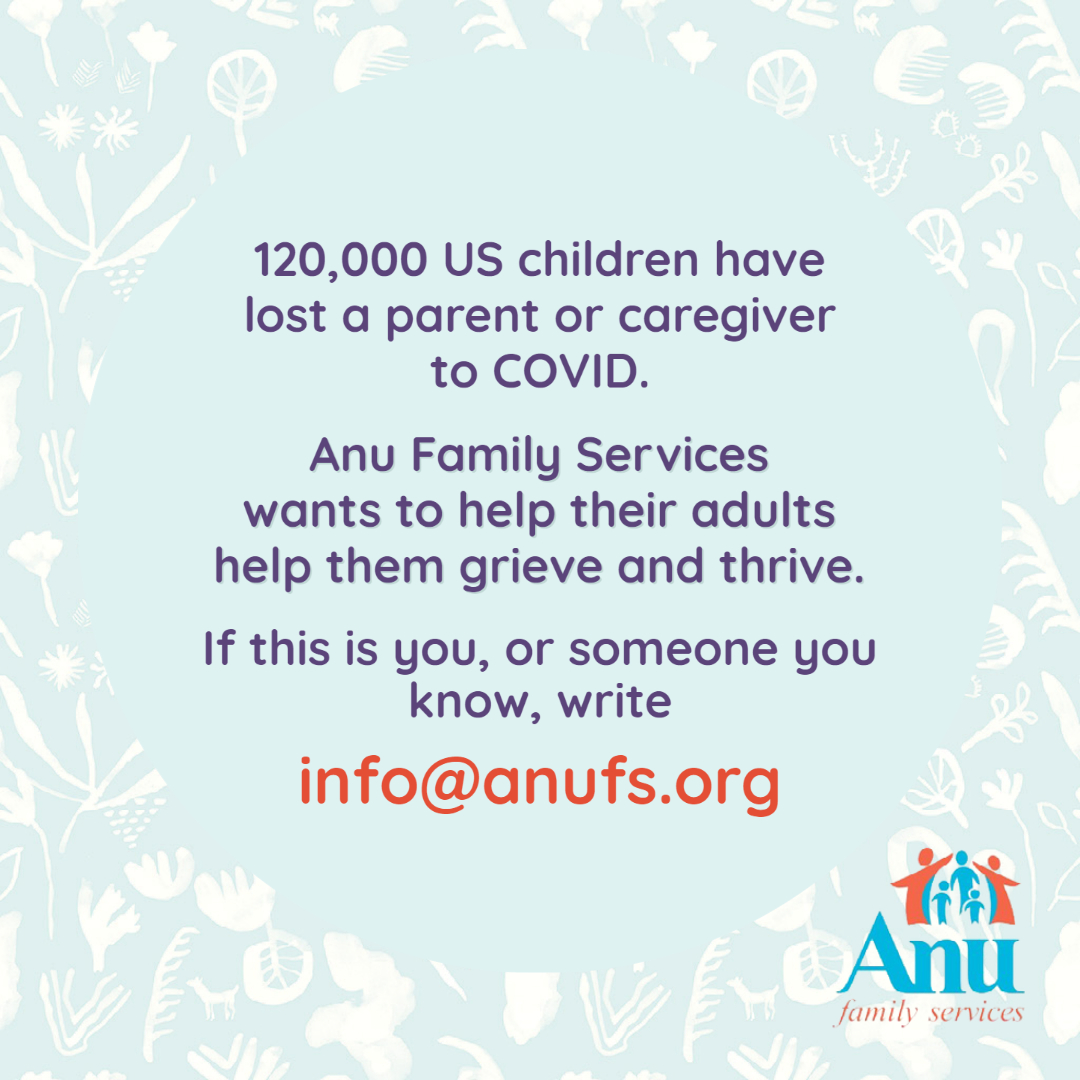Blog
Crying in Front of Your Kids
Posted: October 15, 2021

Greetings!
Send this blog post to someone:
SUBMITI See You Letter
“I See You” Letter
Another tool for helping a child with a traumatized brain, or any child who is asking for attention by showing unwanted behavior, is an “I see you” letter. When something is put into writing, it weighs more. The child can read the message without having to hear the adult’s voice, which is more effective because adult voices have sometimes not proven trustworthy in the past. I encourage caregivers to write the letter in a notebook, so the child can write back, if she so chooses, and review the letter at any time. The re-reading can be very healing. When I’ve encouraged other adults to write this type of letter, they’ve told me that they’ve found it later, stashed in a drawer or other safe spot, but never thrown away, which speaks to its significance to the child.
You can write a letter to a child of any age. If she is old enough to read, just leave it on her pillow. If not, write it out and read it slowly, then hand it to her.
If the child is so hurt that listening to you read a letter is too much, try posting notes that say what you see in her all over her room. Use the components below to craft your letter or your notes.
The components of the “I See You Letter” are:
- I see what you've been through (in details that are significant to her, maybe just the things you know she remembers). You may want to add, "And other things, too, that we haven't talked about." This could spark a response where she shares more.
- In light of your experiences, I realize that none of your recent behavior is your fault. You were just trying to express your pain.
- I'm sorry I blamed you when I just didn't realize that your behavior was your pain being expressed.
- Together we'll work on making it better, and here's how: ______
An example:
Dear Ana,
I just wanted to tell you what I see when I look at you. I see a kid who has had some very rough experiences. When you were younger, your adults did not do what they needed to do to keep you safe. No child should have this happen, as every child deserves and needs to be kept safe. Your mom left you with people who hurt you, and your dad left without saying why. That must hurt so much. I want you to know that this was never, ever your fault. You were an innocent child.
I see a kid who is sensitive and smart. I see a kid who is amazing at figuring out other people. I so appreciate hearing you express what you know long before others your age can do that. I see a kid with artistic ability, and one who cares deeply for our pets. When I watch you with younger children, I am so impressed with how tender you are.
I realize I have gotten angry with you and yelled when you were upset with me. I now get that you just felt threatened, and you did not mean to hurt my feelings or disrespect me. I’m sorry and I will try very hard not to yell in the future. If I make a mistake and yell (because we all make mistakes), I will apologize and have a do-over, because no one deserves to be yelled at.
If you feel like writing back to me in this notebook, that’s great. Feel very free to do so. If not, I’m fine with that, too. I’m just happy to be able to use this notebook to say what I want to tell you in writing.
I am so happy you are in my life. Thank you for all the gifts you give me, especially your smile.
Love,
Mom/Dad/Grandma/Grandpa/Other caregiver
I encourage adults not to ever mention the letter, nor to expect him to say he read it and liked it. For a traumatized child, this may be too much vulnerability. But what often happens is that adults notice a softening in their child, a better attitude, more affection, more focus, and more cooperation. That’s the goal of writing: to see the child clearly, communicate it, allow the amygdala to register that the child is seen and therefore will survive, watch the result in a much more relaxed and relieved child and in an improved relationship. I often describe this process as being “like physics,” as predictable as proven science. It’s truly remarkable how dramatic the results are! And when you think about it, the seeing is the tool for calming the threat alarm. No wonder the child can now function so much more rationally. The more rational front brain is able to work!

